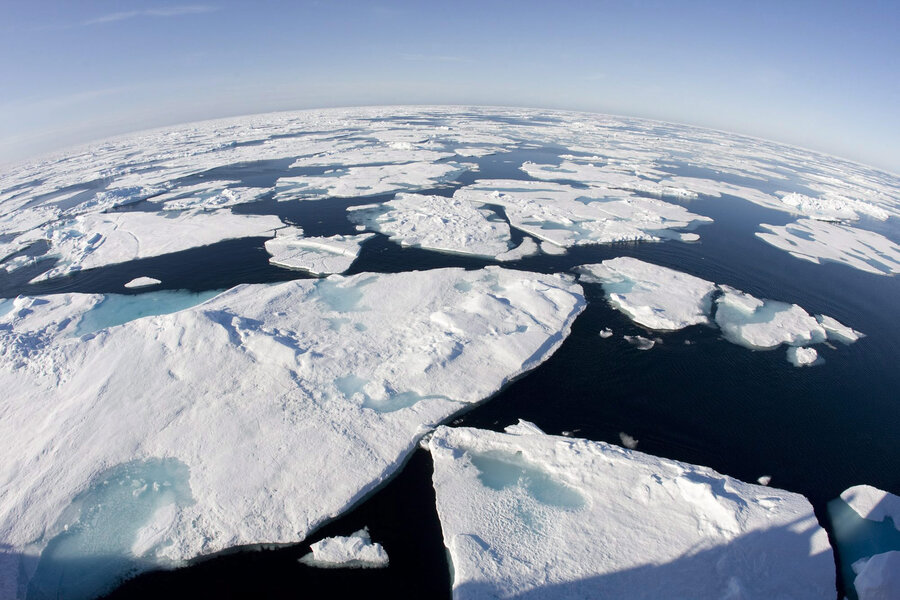How global warming is revealing old Alaska shipwrecks
Loading...
Climate change is rapidly melting ice in the Arctic – exciting news for shipwreck enthusiasts.
NOAA archaeologists discovered two whaling ships last week that sunk off the Alaskan Arctic shore in September 1871. They were part of a 40-ship whaling expedition whose captains had mistakenly counted on a wind shift to clear away surrounding ice. They were wrong, and 33 ships soon became trapped. The enveloping ice slowly destroyed the ships within a few weeks, but all 1,219 officers, crew and whalers aboard were safely rescued by seven ships waiting for the fleet 80 miles south.
All 33 ships had remained hidden for the past 144 years, until climate change removed some of the icy barriers, making two of the ships visible to remote sensing technology.
“Until now, no one had found definitive proof of any of the lost fleet beneath the water,” said Brad Barr, NOAA archaeologist and project co-director, in a NOAA press release. “This exploration provides an opportunity to write the last chapter of this important story of American maritime heritage and also bear witness to some of the impacts of a warming climate on the region’s environmental and cultural landscape, including diminishing sea ice and melting permafrost.”
The survey area consisted of 30 miles of Alaskan shoreline in the Chukchi Sea from the cities of Wainwright to Point Franklin. Using “state-of-the-art sonar and sensing technology, the NOAA team was able to plot the ‘magnetic signature’ of the two wrecks,” as well as anchors, ballasts and tools from other ships.
To save all 1,219 passengers, the seven rescue ships had to throw their equipment and catch overboard. Barr told the Guardian that the disaster cost $33.3 million dollars in modern terms, ultimately hastening the demise of the American whaling industry.
With a total of 45 ships lost between the 1871 wreck and another in 1875, Arctic disasters “effectively dampened enthusiasm for bowhead whaling,” says the New Bedford Whaling Museum. “The implication was that there may have been better ways to earn a living and better investments for capital.”
And while climate change is opening up underwater archaeology opportunities in the Arctic, is it quickly closing the window for potential discoveries elsewhere, as eroding shorelines free sediment to bury ships and other artifacts.
“As more upper beach and terrestrial sediment is added to the marine environment, the stability of archaeological sites and monuments will be affected,” writes Mark Dunkley, Maritime Designation Adviser within English Heritage’s Designation Department, in a 2013 paper. Dunkley specializes in marine heritage at risk.
Archaeologists also suspect an indirect effect from another climate change byproduct: acidification. Experts fear falling pH levels will harm essential marine fauna that build shells of calcium carbonate, likely impacting wooden archaeological remains. Warmer oceans may bring more energetic oceans, says Dunkley, “so that erosion in shallow-water contexts may be enhanced.”
Research capabilities may also be affected, as climate change is expected to increase underwater turbidity, which will in turn decrease underwater visibility for diving archaeologists. Rising sea levels will inhibit researchers’ efforts, as more water will “incrementally reduce the amount of time (and therefore productivity) an air-breathing diver can spend underwater safely,” Dunkley explains.








